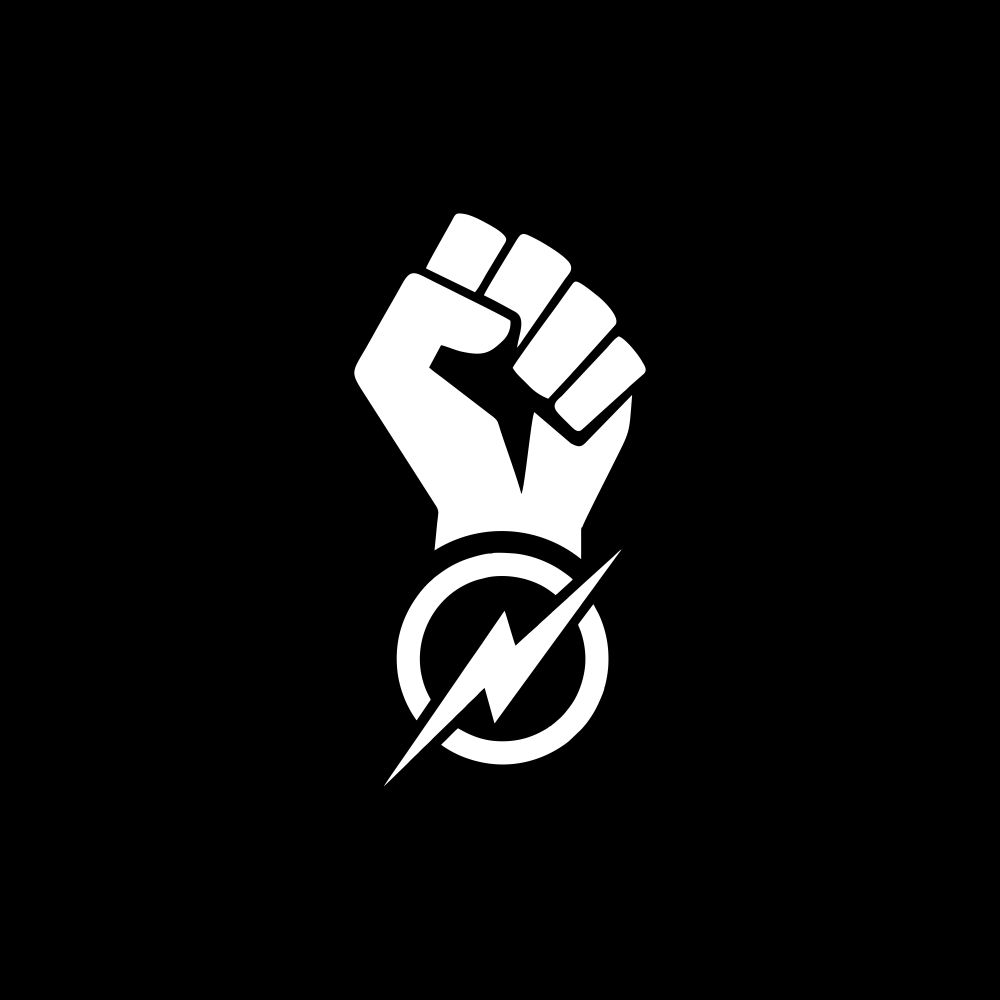The greatest people in history have been failures. Certainly, we remember these individuals as successes--success stories--and we treat those stories as legends and those individuals as gods. But each of them failed epically and repeatedly, more so than the combined successes of all of humanity.
Failure should not be overlooked in anyone, especially not those we admire. It is through failure that these individuals were able to learn, grow and ultimately succeed. We know this about ourselves but even as we learn to accept our own failures, sometimes we don’t recognize that the most successful people in the world have had an abundance of failure.
Our heroes need to be held to the same standard as the ancient Greek gods: awesome but not infallible. Failure is a humbling exercise, both for the observer and the observed. But learning is a humbling process. Once we realize that our heroes are just like us, we can examine how failure drives success. So I’ve started collecting stories about the failures of successful people, as a reminder that if you’re making mistakes and learning from them, you’re actually on the path to success.
 |
| Michael Jordan: A Profile in Failure |
"I've missed more than 9000 shots in my career. I've lost almost 300 games. 26 times, I've been trusted to take the game winning shot and missed. I've failed over and over and over again in my life. And that is why I succeed."
Most of us don’t fail or succeed in the glare of a national spotlight, much less do it hundreds of times, with analysts endlessly critiquing every move. Perhaps that’s why humans love sports: they provide a black and white analogy for the gray battle of life. The ball is in or it’s out, the basket is made or missed, the game is won or lost. Watching our favorite stars pull through when the chips are down inspires us to do the same in our own lives. And no one has inspired more basketball fans, young and old alike, than Michael Jordan.
The story of Michael Jordan not making his high school team has been told and retold, and continues to inspire with each retelling. The facts are these: In 1978, sophomore Michael Jordan tried out for the varsity basketball team at Laney High School. When the list was posted, Jordan’s name wasn’t on it. Instead, he was asked to play on the junior varsity team.
The reasoning behind the choice wasn’t that Jordan didn’t have enough talent, or hadn’t already distinguished himself as an outstanding basketball player. Rather it came down to seniority, size, and a strategic decision: The varsity team already had 11 seniors and three juniors. That left space for only one more player, and the coaches chose another sophomore, Jordan’s friend Leroy Smith. Smith was not as good as Jordan but he added size to the team, as he was 6’6 compared to Jordan’s diminutive 5’10. What’s more, the coaches knew that if Jordan had been chosen for the varsity team, he would play only when needed as a substitute for the more senior varsity players. On the junior varsity team he would get more playing time and a chance to truly develop.
It was a perfectly logical choice for the coaches to assign Jordan to the junior varsity team for his sophomore year. But 15-year old Jordan was devastated when the list was posted without his name. In his mind, it was the ultimate defeat, the ultimate failure. “I went to my room and I closed the door and I cried. For a while I couldn’t stop. Even though there was no one else home at the time, I kept the door shut. It was important to me that no one hear me or see me.” Jordan was heartbroken and ready to give up the sport altogether until his mother convinced him otherwise.
After picking himself up off the floor, Jordan did what champions do. He let his failure and disappointment drive him to be better. He played on the junior varsity team, and he worked himself to the limit. “Whenever I was working out and got tired and figured I ought to stop, I’d close my eyes and see that list in the locker room without my name on it, and that usually got me going again.”
It became a pattern throughout Jordan’s life that a disappointment or setback resulted in a redoubling of effort. High school rival player Kenny Gattison, who led his team to beat Jordan’s team for the high school state championship, put it this way: “You got to understand what fuels that guy, what makes him great. For most people the pain of loss is temporary. [Jordan] took that loss and held on it. It’s a part of what made him.”
The pattern of defeat followed by success would follow Jordan to the University of North Carolina and later to the NBA. His relentless drive would lead him to break numerous records and become the most decorated player in the history of the NBA. What’s more, he’s credited with dramatically increasing the popularity of basketball both in the United States and internationally, and inspiring the next generation of basketball players including Lebron James, Dwayne Wade, and Kobe Bryant. You can’t think of the word “champion” without thinking of Michael Jordan, and there’s no better proof that failure is simply a stepping stone to success.
Welcome To Oudney Patsika's Blog: Getting Your Message Heard in a Noisy World: In today’s media-driven, distracted culture, your message must be amplified to reach a larger audience.
Contact Us through the Chat with WhatsApp widget below.

.jpg)
